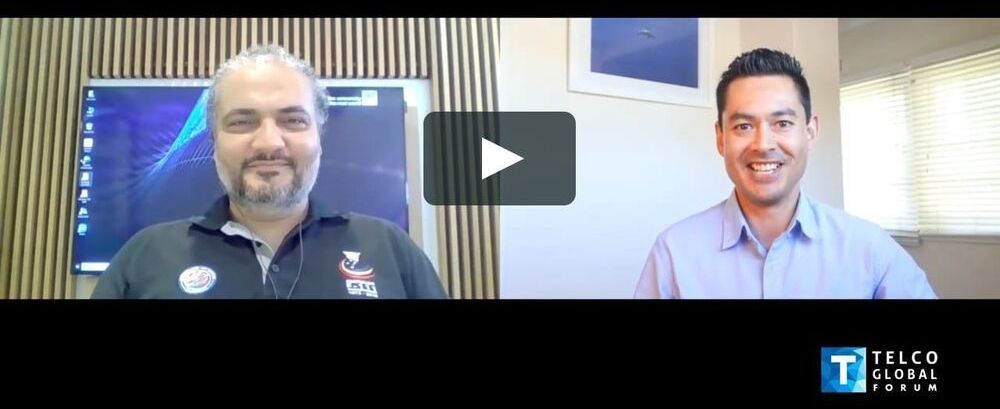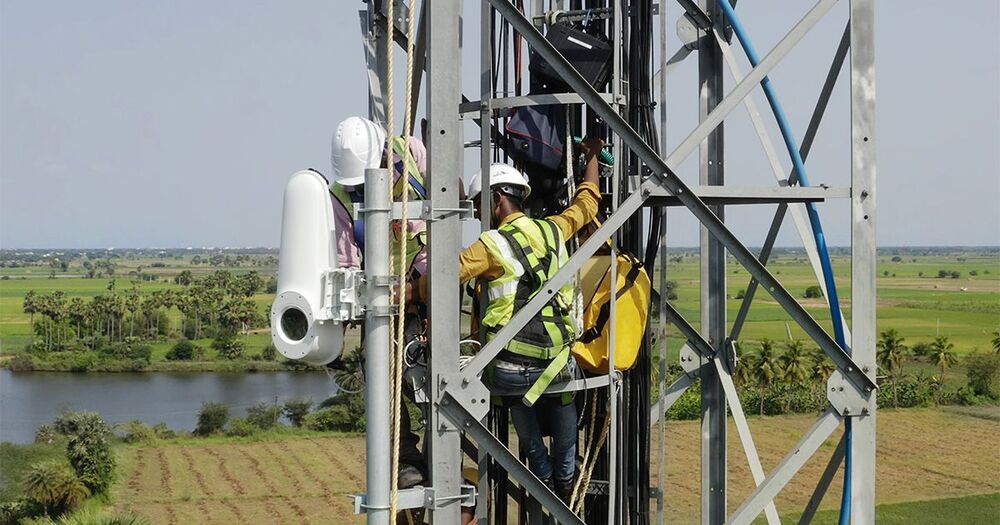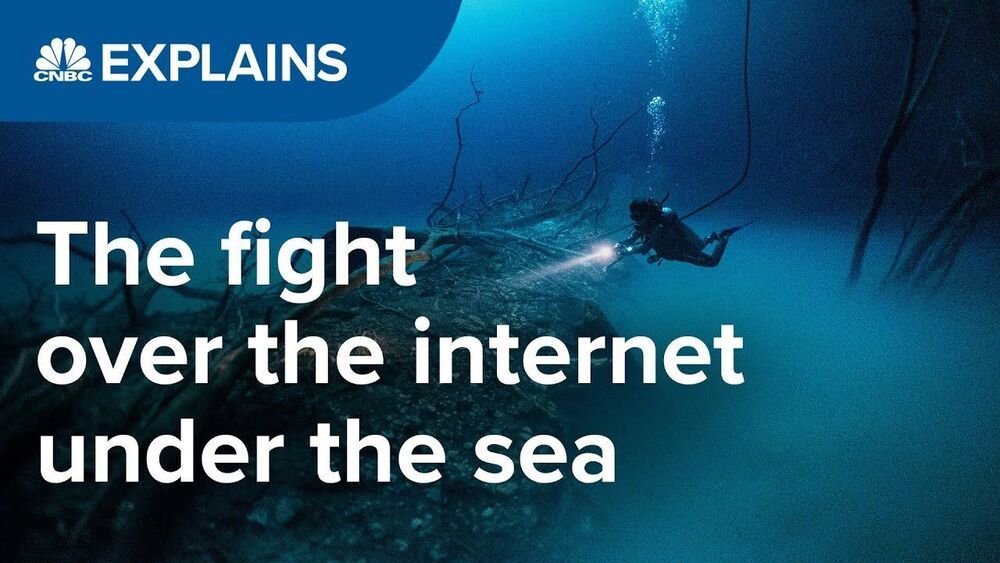Nov 18, 2020
SpaceX wants to test its Starlink satellite internet network inflight with a Gulfstream jet
Posted by Genevieve Klien in categories: Elon Musk, internet, satellites
Elon Musk’s SpaceX would like to further expanded testing of its Starlink satellite internet by connecting the network to aircraft.
SpaceX would like to further expand testing of its Starlink satellite internet by connecting the network to aircraft, the company revealed in a recent request to the Federal Communications Commission.
Elon Musk’s space company on Nov. 6 asked the FCC if SpaceX could add Starlink user terminals “on a Gulfstream jet for a period of up to two years.”
















